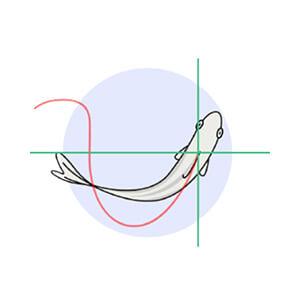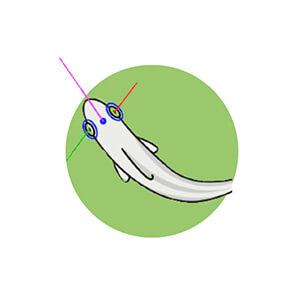
 Use zebrafish as a model for auditory issues
Use zebrafish as a model for auditory issues
As hearing deficiencies are said to increase in the coming years, assessing the hearing functions of larval zebrafish is critical to confront the issue of hearing loss.
Exploration of the zebrafish auditory apparatus led to the creation of automatic recording techniques monitoring specific behaviors such as the startle response, the vestibulo-ocular reflex, rheotaxis prepulse inhibition, or auditory evoked behavior.
To assess the general activity level of larval zebrafish exposed to a certain range of noises - or very fast behaviors (startle reflex, prepulse inhibition) - new automation capabilities were needed. Among them is the ability to synchronize the stimulus and the camera frames to allow the finest accuracy in measurement.
The high throughput monitoring of the Larval Zebrafish auditory system is of particular interest, especially when trying to model human hearing disorders and treat age-related hearing loss, Pendred syndrome, or other rare diseases such as Wolfram Syndrome.









